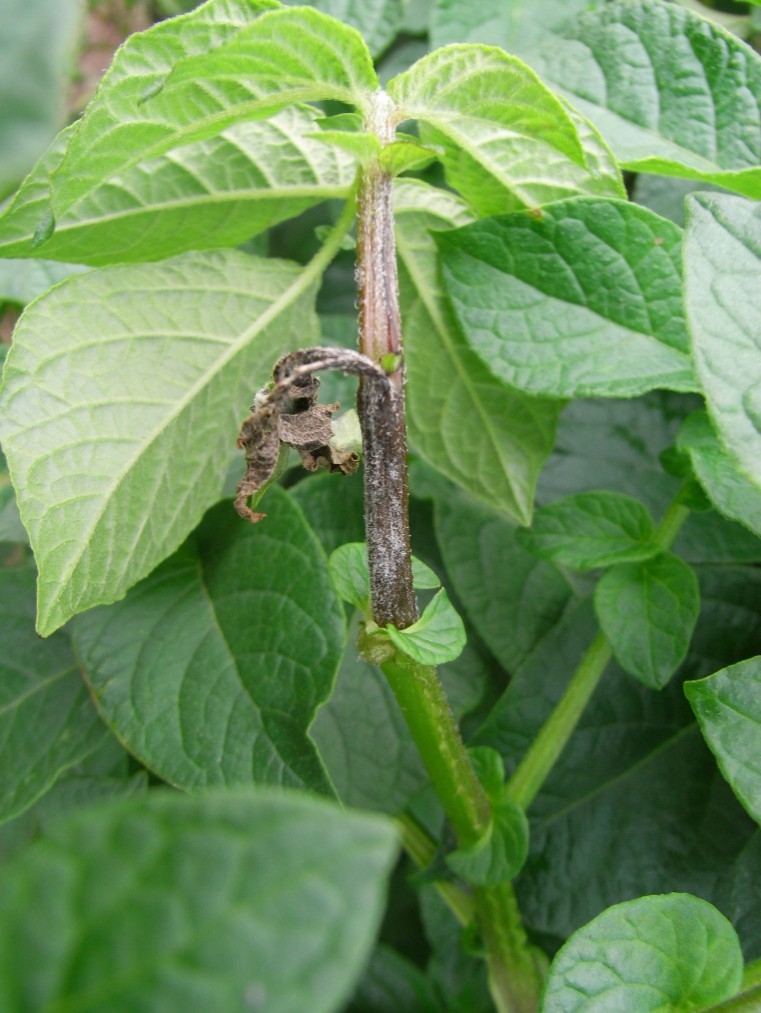Of ongoing concern is the rise of blight strain “dark green” EU 37_A2, which has been increasing in prevalence across England and is highly insensitive to key blight active substance fluazinam.
Advising on mostly crisping potato crops in the North East of England, DKB Crop Protection agronomist David Barker says although the new strain is yet to be confirmed in his area, he will be adjusting his advice accordingly.
“Fluazinam on its own will be a big no-no and I won’t be recommending its use early in the blight programme at all,” he adds.
Instead, his first two sprays will include cymoxanil and mancozeb, followed by products effective against EU 37_A2 which are designed to be highly mobile in plants during the rapid canopy phase, helping to protect new growth.
These include Valbon, with adjuvant ZinZan, rotated with other mobile products until crops reach stable canopy.
“We generally don’t have problems with alternaria, but a bonus of having mancozeb through the programme affords us some protection against early blight,” explains Mr Barker.
Keeping to a maximum seven-day spray interval and rotating actives to ensure almost every application has a different mode of action is a key part of Mr Barkers planning, helping to reduce the risk of selecting fungicide-resistant blight strains.
On top of adapting product choice to the presence of rising blight strains such as EU 37_A2, Certis potato expert Laurence Power agrees this variation in programmes is a good anti-resistance approach.
“It’s important to note the Fungicide Resistance Action Group (FRAG) guidelines on the use of certain fungicide active groups through blight programmes. Only 50% of the total sprays can include carboxylic acid amide (CAA) fungicides, which includes the active ingredients found in products such as Valbon.” he says.
“The use of these products needs to be planned very carefully,” adds Mr Power. “Deciding where they will be used in conjunction with other modes of action early in the season will be vital.”
More information on the FRAG guidelines can be found online at http://frag.fera.defra.gov.uk/cropspecific.cfm




